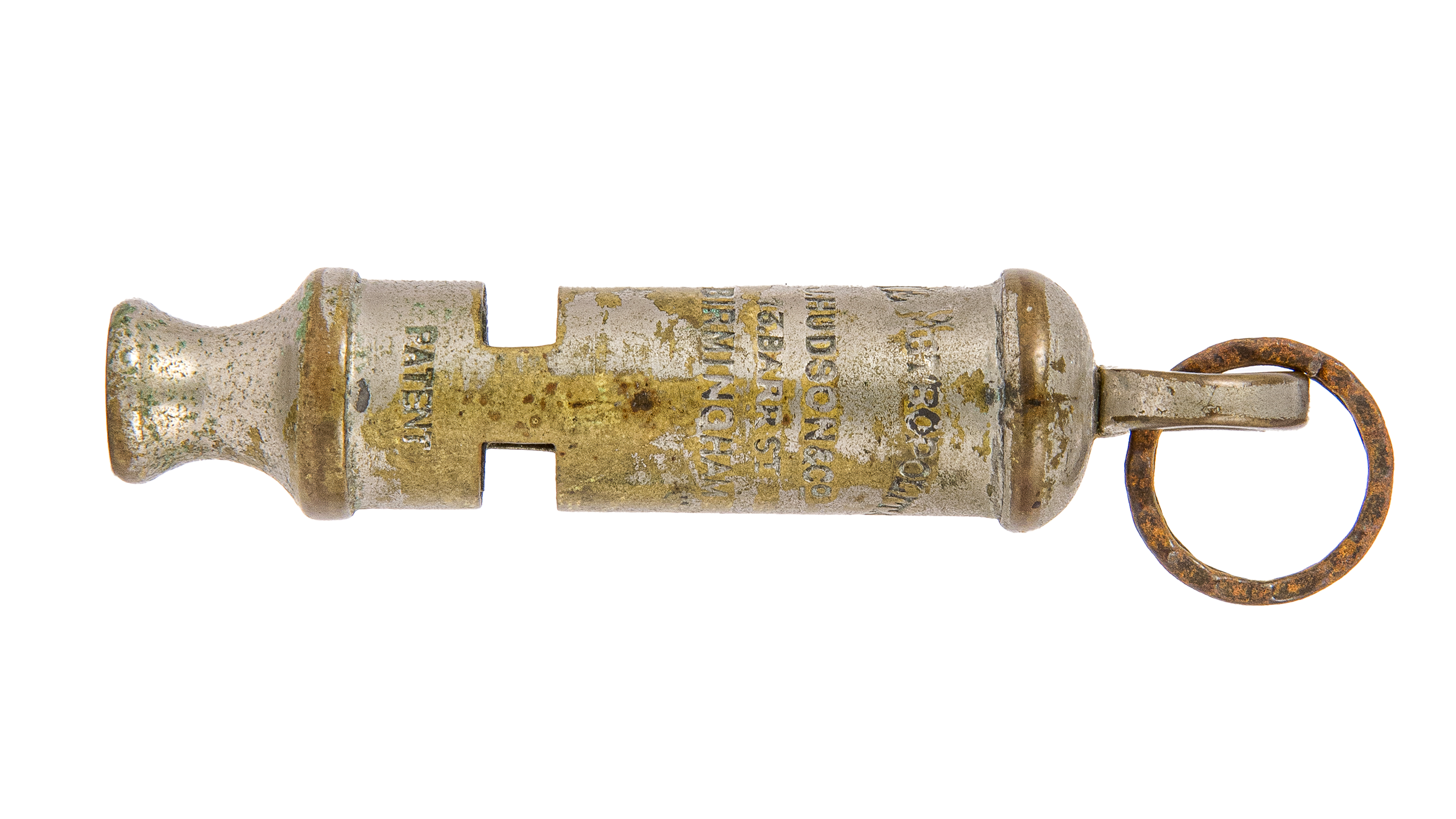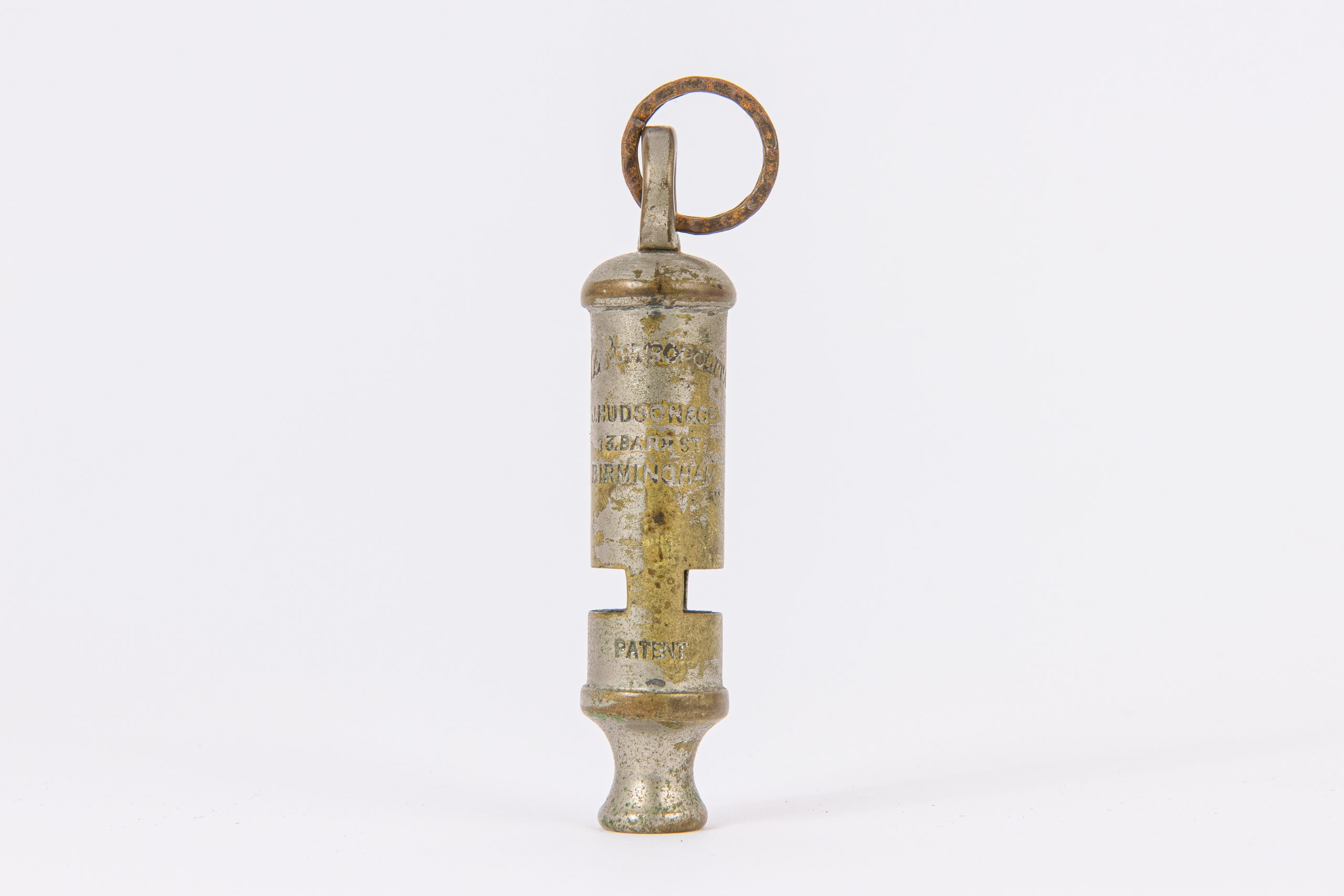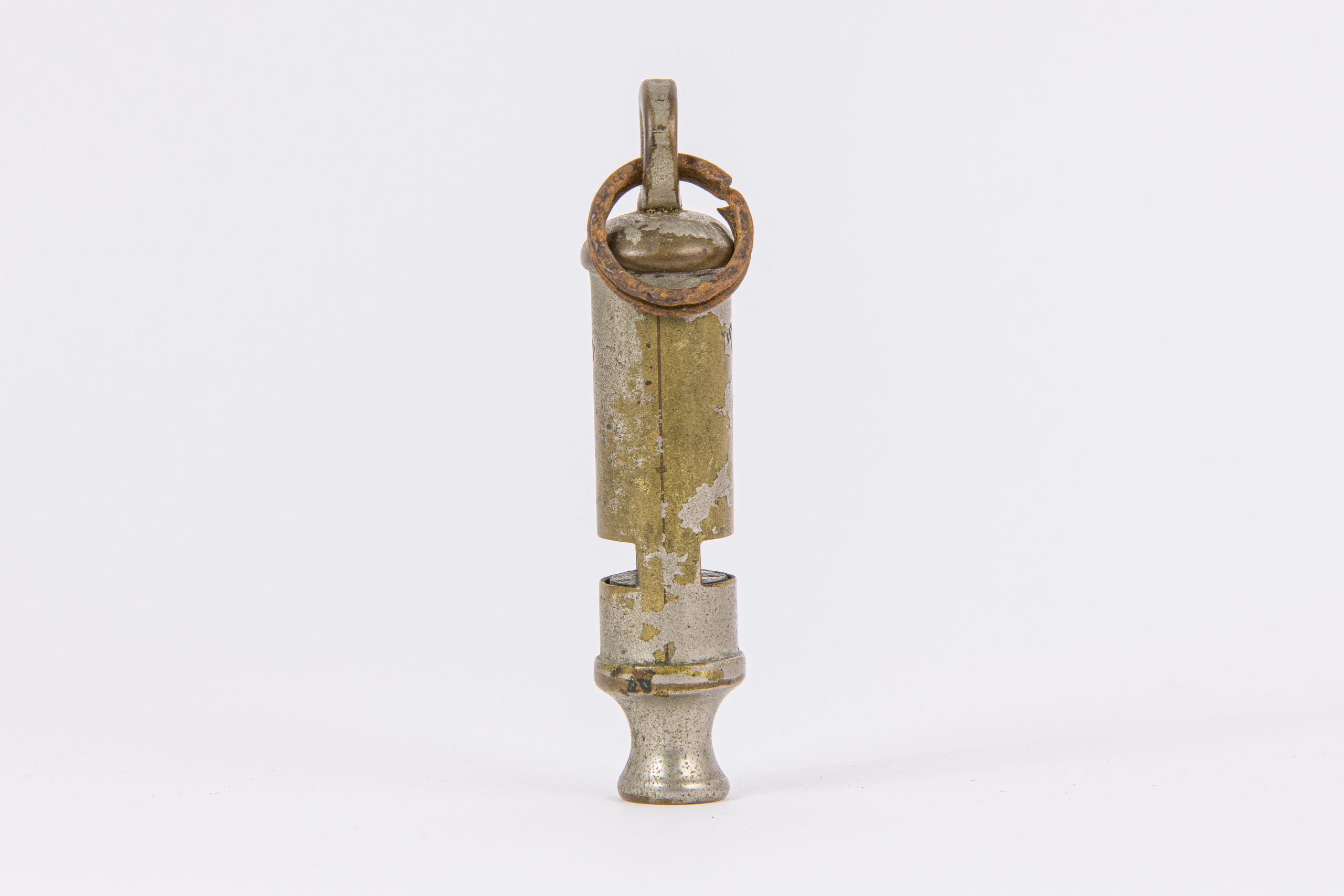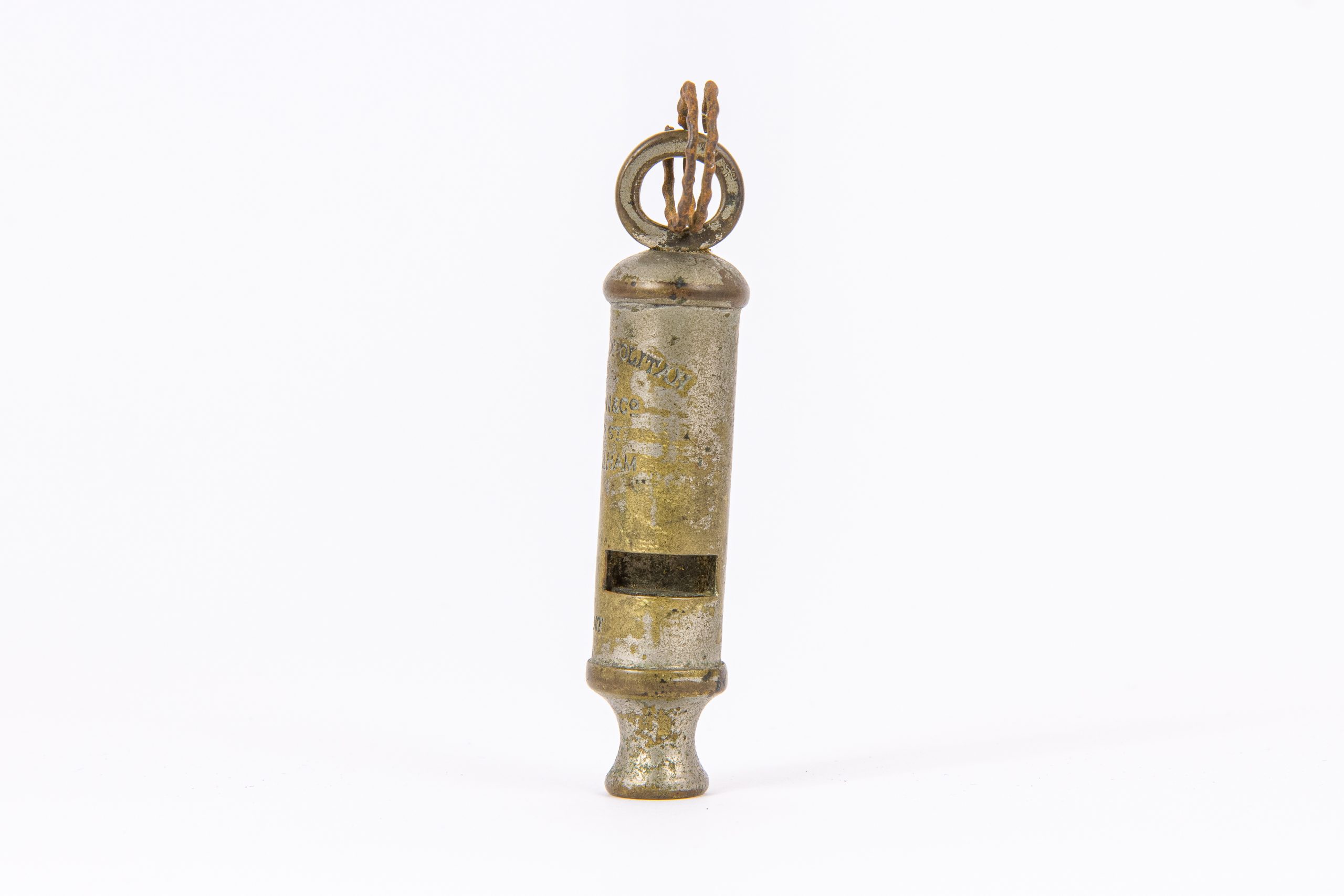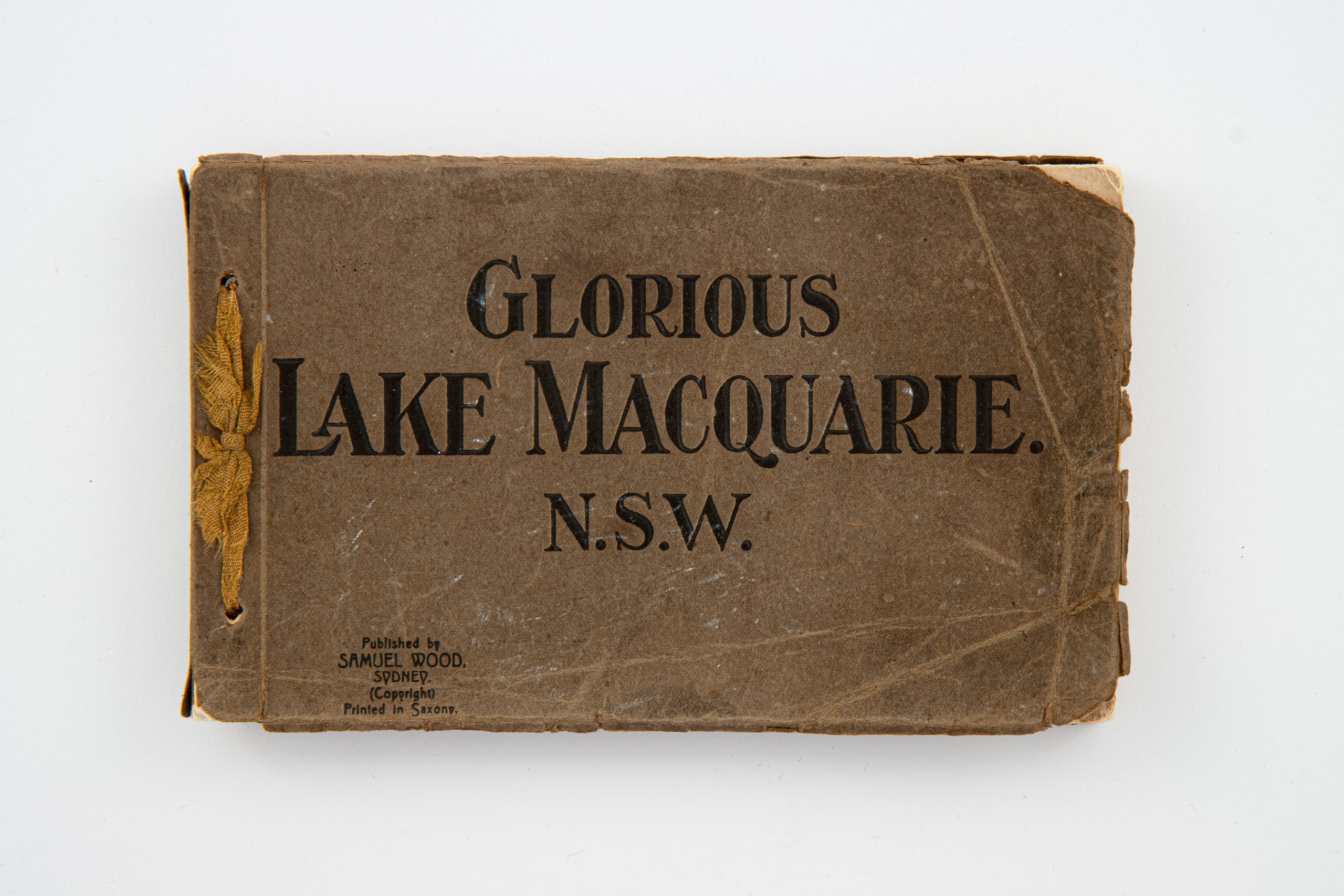From Rattle to Whistle
How Joseph Hudson Changed Policing
Made in the famous J Hudson & Co Ltd factory in Birmingham, this whistle belonged to Senior Constable Albert Wallbank (1887-1953), a long-standing officer at Dudley Police Station, south of Newcastle.
Like many aspects of standard police issue equipment in New South Wales, this whistle was inherited from the British ‘bobby’ (slang term for a member of London’s Metropolitan Police).
Prior to the 1870s, the British bobby used a rattle to communicate with colleagues over the noise of the Victorian streets. It was as loud as it was unwieldy, particularly during a chase. As a result, Scotland Yard put out a national advertisement for new ideas or suggestions.
At the time, Joseph Hudson (1848-1930) had been working as a toolmaker in the engineering workshops of Birmingham from the tender age of twelve and had become a skilled metalworker. He had been developing whistles for this very purpose and saw the opportunity to put his designs to good use.
Hudson developed the perfect tone for the tool after accidentally dropping his violin on the ground. The loud, jarring note as it landed was so nerve-shaking he considered it perfect for his design.
First tested in Hampstead Heath in London, his whistle was heard over 3.2 kilometres away. It was the answer to Scotland Yard’s problems, and 21, 000 were soon ordered.
Hudson became the most accomplished whistle maker of his time. His pioneering work and clever designs are still the basis of modern whistles, with what became known as the ‘Metropolitan Whistle’ still being standard issue of the British bobby.


